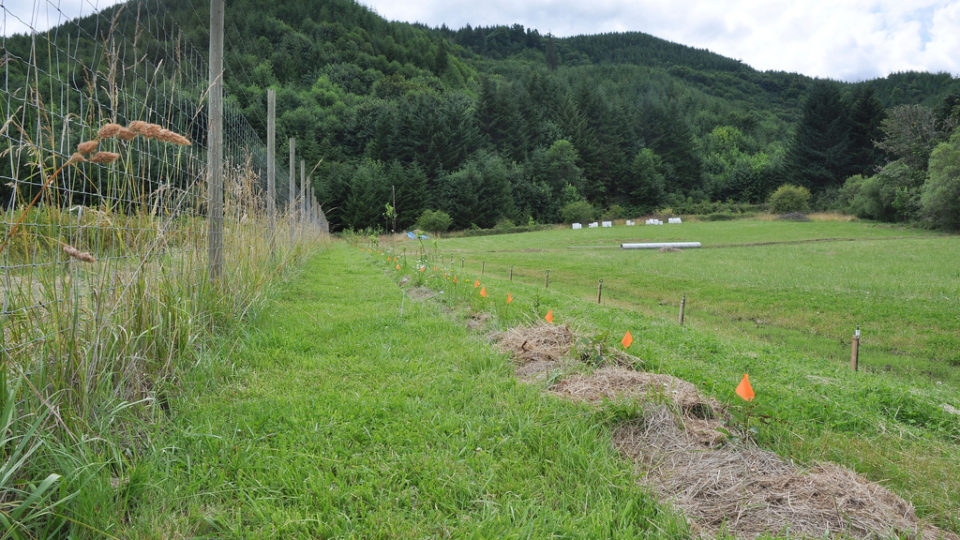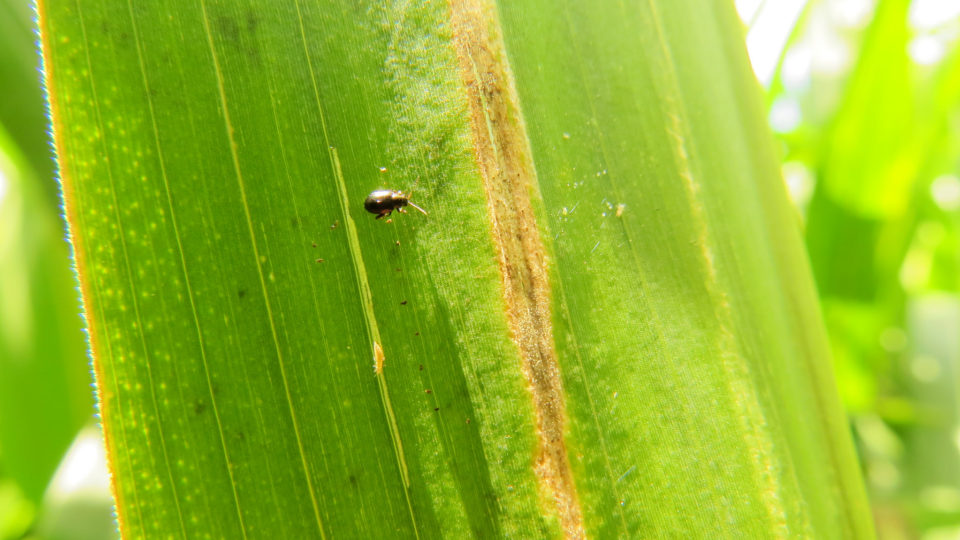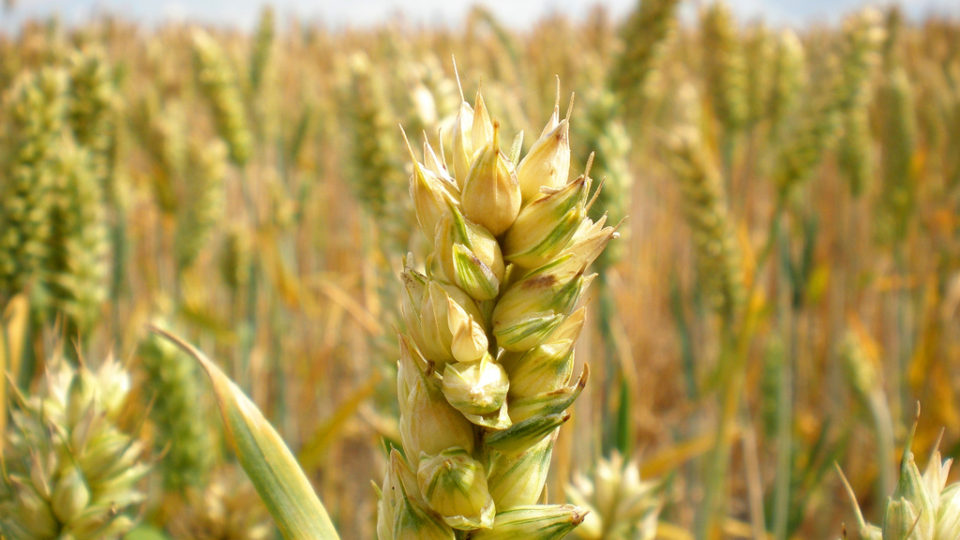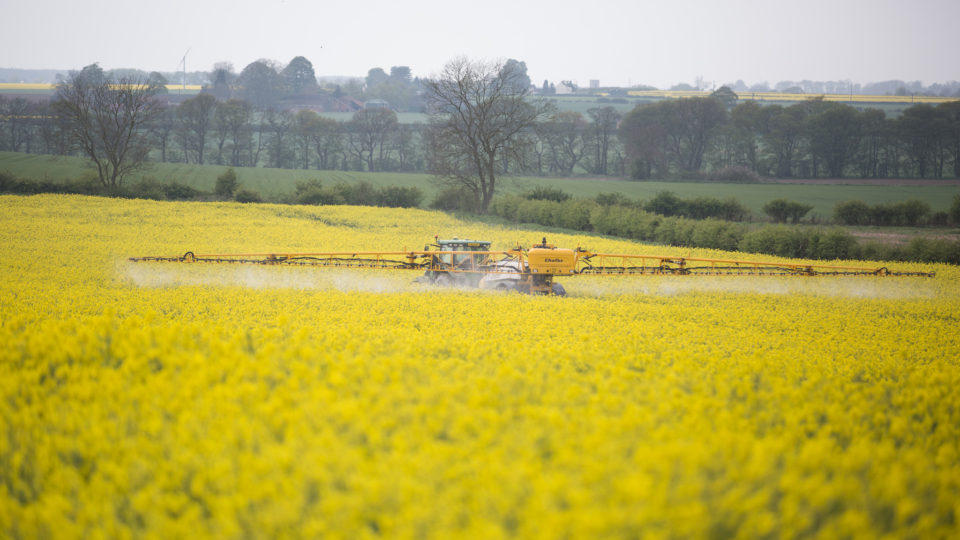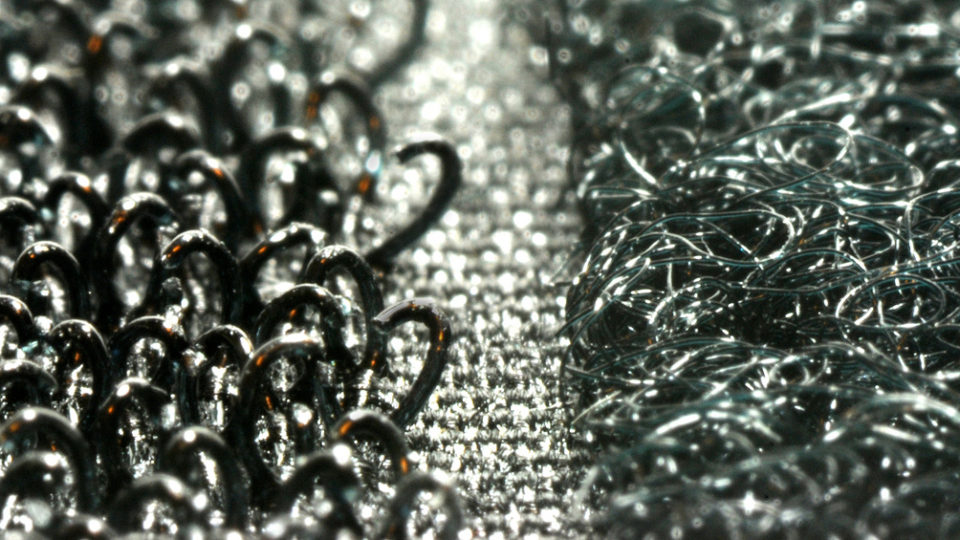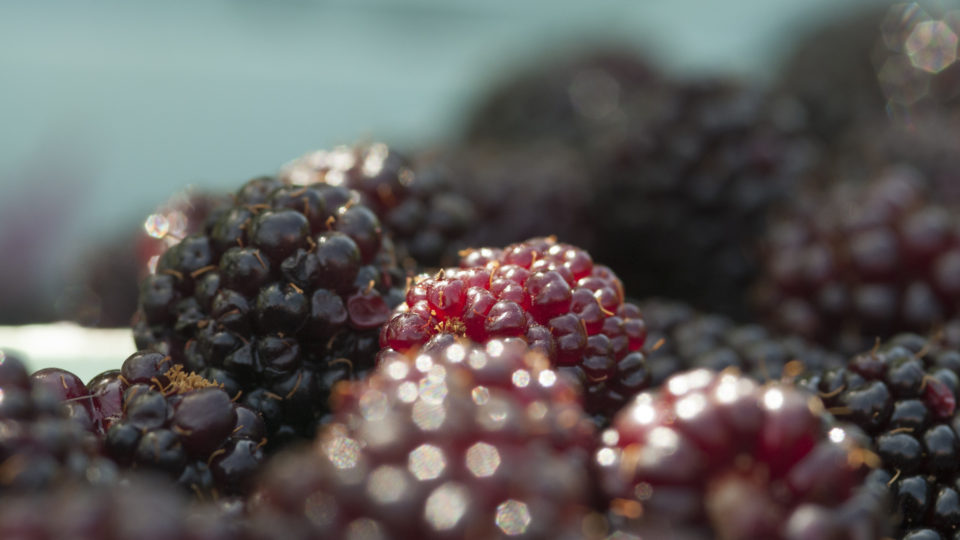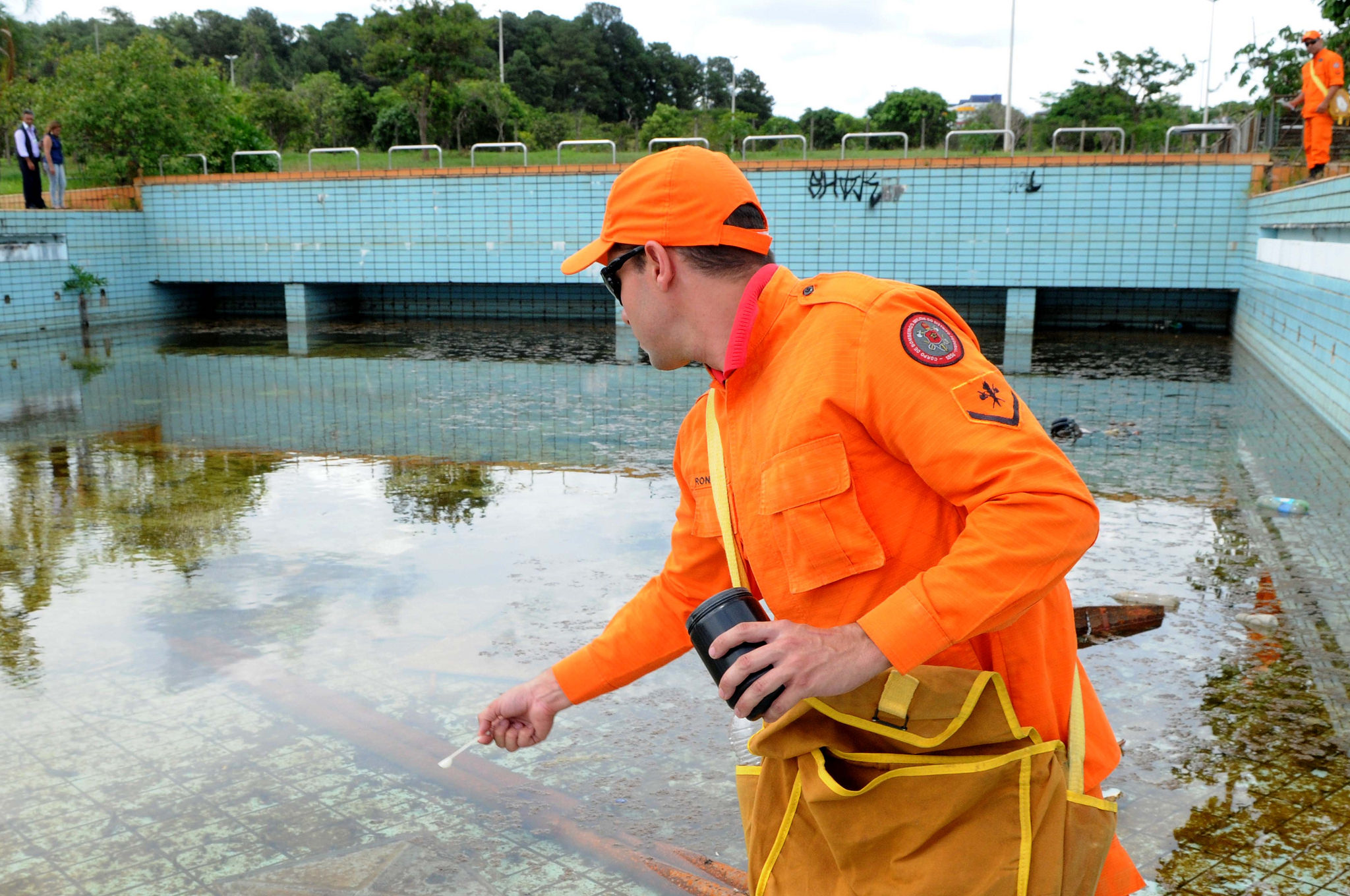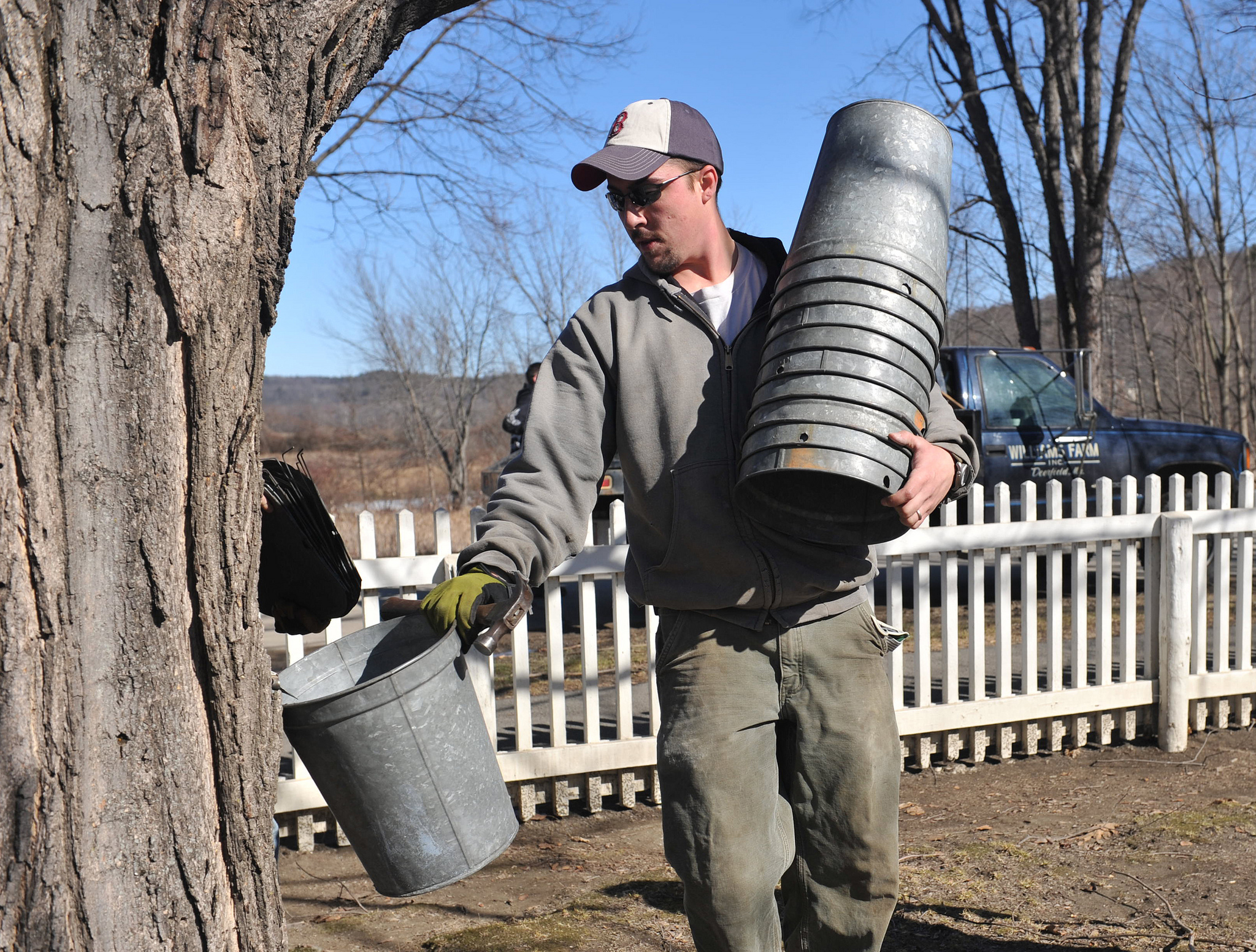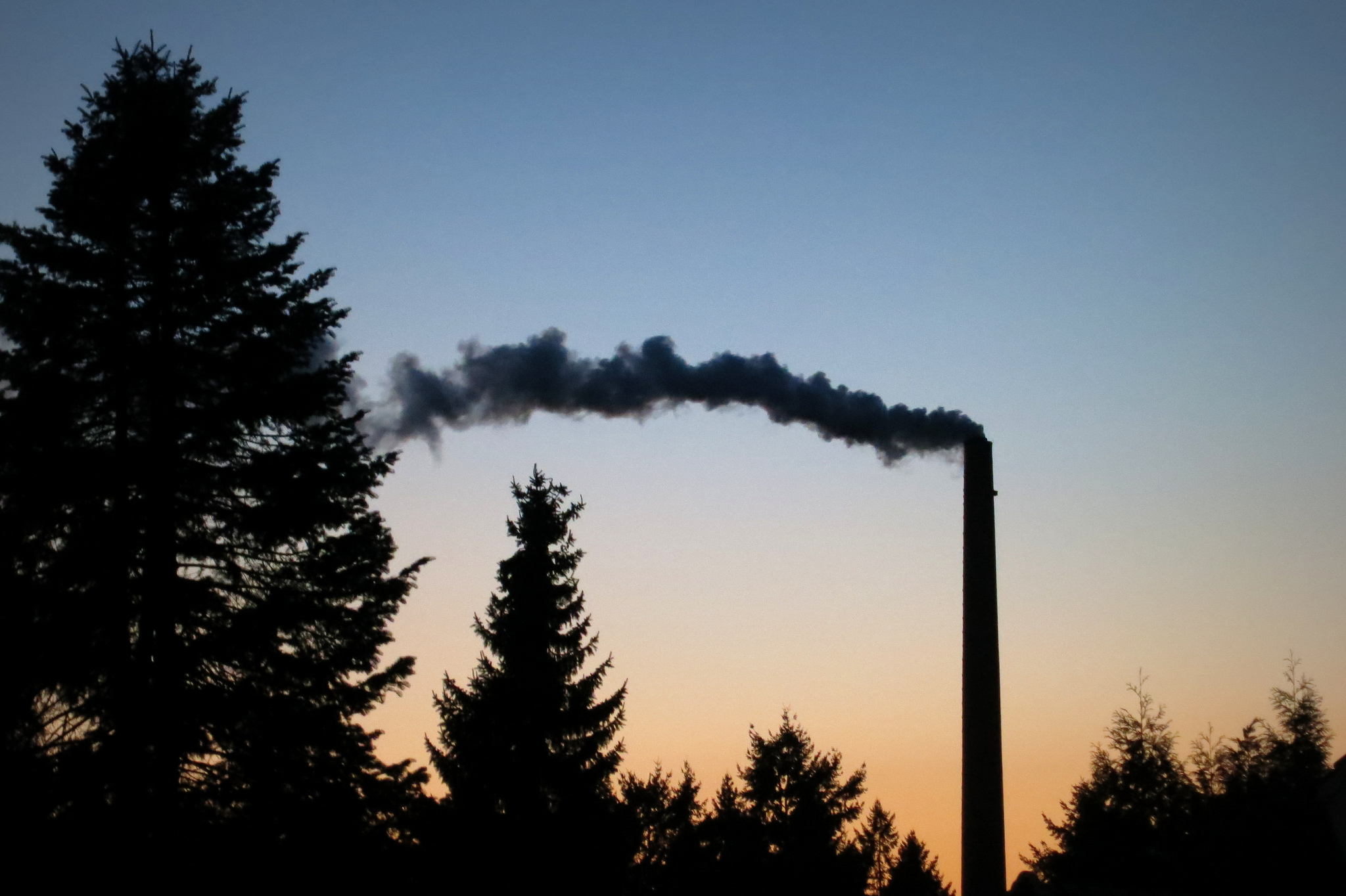pests
Pests And Crops In A Warming World
By the year 2050, scientists predict that there will be two billion more people to feed in the world. And climate change isn’t making that task any simpler. From extreme weather events to rising global temperatures, climate change is expected to affect the types of food we grow, and to negatively affect the food production needed to feed the growing population.
Saving Wheat
Rising temperatures, drought, pests and diseases are moving north into the U.S. heartland and are increasingly posing a threat to the wheat crop. An insect called the Hessian fly is reducing crop yields by 10% a year in the Midwest. Average temperatures in the Midwest have risen by 2 degrees since 2000, and periods of time between rainfalls is lengthening. Conditions in some areas of the Midwest are getting to be more like those in the Middle East.
Is It Time to Ban Neonics?
Neonicotinoids (or ‘neonics’ for short) are a class of insecticides chemically related to nicotine. In fact, the name ‘neonicotinoid’ literally means “new nicotine-like insecticide.” And like nicotine, neonics act on certain kinds of receptors in the nerve synapse. Most corn, soy, and wheat seeds planted today are coated with neonics, which is reportedly 5,000 to 10,000 times more toxic than DDT.
Biomimicry Is Big
Biomimicry is learning from and then emulating nature’s forms, processes, and ecosystems to create more sustainable designs. Mother Nature is already the inspiration for countless products and designs ranging from Velcro copied from plant burs to the shape of wind turbines modeled after whale fins. There are wetsuits inspired by beaver pelts and office buildings that copy termite dens. Increasingly, innovators are looking at nature for designs in architecture, chemistry, agriculture, energy, health, transportation, computing, and even for the structure of organizations and cities.
Myths About Organic Food
There is much to be said in favor of organic food. The organic produce industry took in $65 billion in 2016 and that farming method is clearly increasingly popular and is here to stay. Nevertheless, there are various misconceptions and inaccuracies related to organic food.
Migrating Trees
The changing climate is having a marked effect on forests in this country. In particular, trees along the U.S. eastern seaboard are changing their range as they slowly seek to escape rising temperatures.
New Doubts About GMO Crops
Genetically modified crops have been at the center of a great deal of controversy for a number of years. There have been widespread fears that they are unsafe to eat. Continuing studies have indicated that those fears appear to be unsubstantiated.
Declining Insect Populations
There has been lots of discussion about the decline in bee populations and its dire consequences for agriculture. We have also talked about the efforts to save the monarch butterfly, whose numbers have been dropping dramatically over the years. But the rest of the insect world does not get much attention. For the most part, we think of insects as a nuisance or as potential pests.
Tiny Forest Pests Cause Big Problems
Each year, more than 25 million shipping containers enter the U.S. All too often, highly destructive forest pests are lurking among their imported goods. Wood boring insects arrive as stowaways in wood packaging, such as pallets and crates. Other forest pests and pathogens hitchhike in on foreign-reared plants bound for American nurseries.
Social And Ecological Underpinnings Of Infectious Disease
When it comes to addressing infectious disease, we have a short attention span. Forces are mobilized when we’ve crossed a tipping point, and demobilized when the immediate threat has passed. In the case of Zika, the World Health Organization declared a public health emergency based on a strong association between Zika infection and microcephaly in newborns and a spike in Guillain-Barré syndrome.
[Read more…] about Social And Ecological Underpinnings Of Infectious Disease
